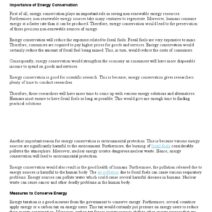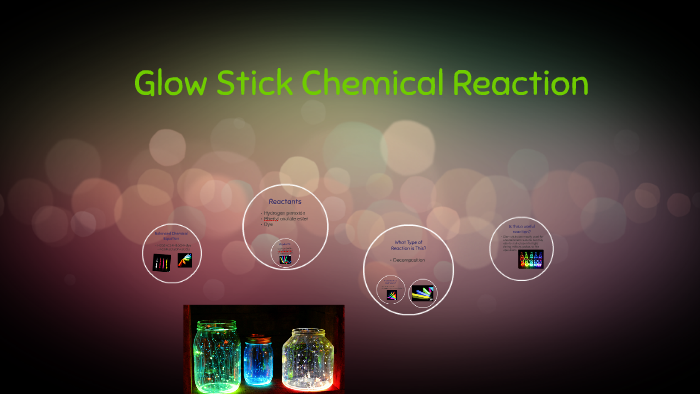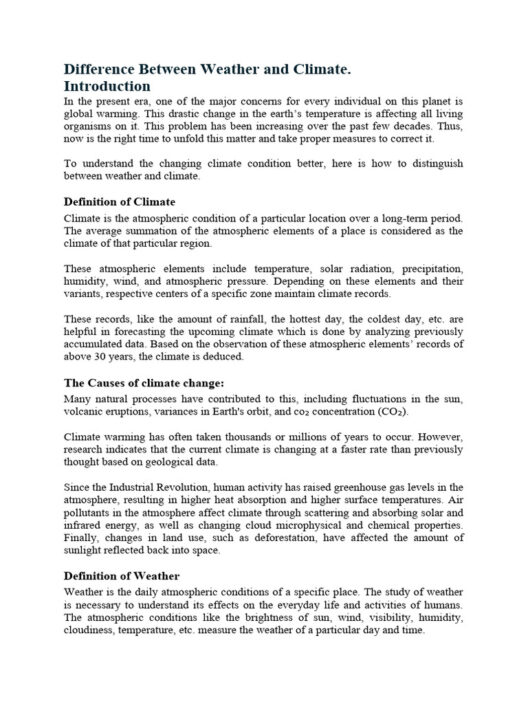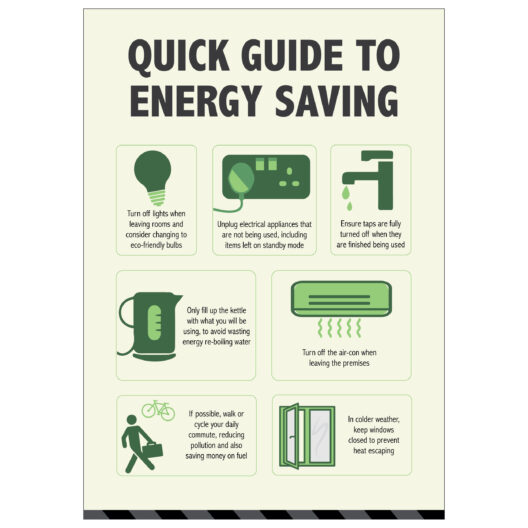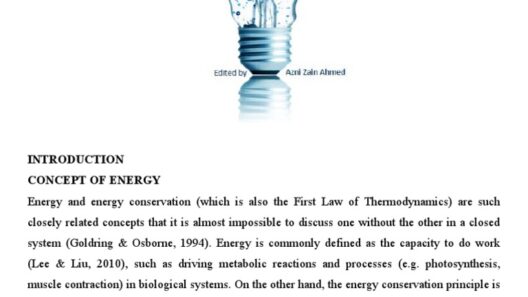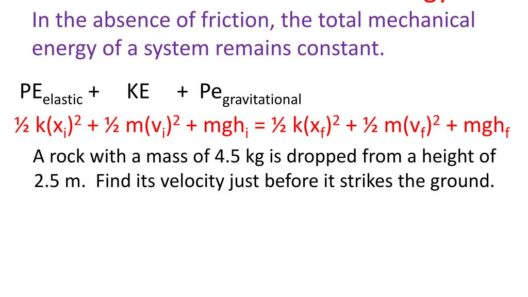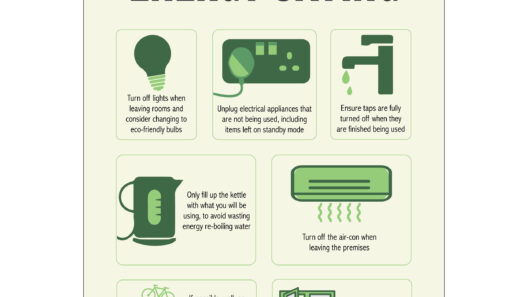Glow sticks are often a source of fascination, captivating people at parties, concerts, and outdoor gatherings with their vibrant colors and ephemeral glow. The allure of glow sticks extends beyond their aesthetic appeal and taps into fundamental principles of chemistry and physics. One of the common questions that arise when observing the glow of these luminous objects is whether mass and energy are conserved during the chemical reactions that produce their light. This inquiry delves into the principles of conservation and provides insight into the mechanisms behind the glow stick phenomenon.
To embark upon this investigation, it is crucial to grasp the underlying chemical reaction that transpires within a glow stick. Typically, a glow stick comprises two main components: a plastic tube containing a hydrogen peroxide solution and a glass vial containing a fluorescent dye and a chemical called phenyl oxalate ester. When the glow stick is bent, the glass vial breaks, allowing the two solutions to mix. This mixing triggers an oxidation reaction that results in the release of energy in the form of light, a process known as chemiluminescence.
The principle of conservation of mass posits that matter cannot be created or destroyed in an isolated system. In the case of a glow stick, this means that the total mass of the reactants, which include hydrogen peroxide, phenyl oxalate ester, and the fluorescent dye, must equal the total mass of the products formed during the reaction. Analyzing the components, one finds that the chemical equation representing the reaction does not lead to a net gain or loss of mass. Hence, it is valid to assert that mass is, indeed, conserved in a glow stick reaction.
However, the investigation does not conclude with the conservation of mass. The conservation of energy, a cornerstone of thermodynamics, warrants careful examination. Recognizing that energy cannot be created or destroyed—merely transformed from one form to another—leads to deeper questions about the energy transformations occurring in a glow stick. Upon the activation of the glow stick, the chemical energy stored within the reactants is released and converted into light energy.
This conversion can be elucidated through the lens of the energy changes associated with the reaction. When hydrogen peroxide oxidizes the phenyl oxalate ester, a series of intermediate products are formed. The energy released during the breaking of chemical bonds is what produces the most visible effect: the emission of light. The efficiency of this transformation is notable, as much of the energy is redirected into the production of light rather than heat, making the glow stick an excellent example of a system that efficiently harnesses energy.
Registration of the light emitted arises from the excitation of electrons within the fluorescent dye molecules. As these electrons absorb energy, they transition to a higher energy state. When the excited electrons return to their ground state, they release energy in the form of visible light. This elegant interplay between energy states highlights the delicate balance of energy conservation, wherein chemical energy is not lost but rather converted into a different modality: light.
Yet, the adventure into conservation does not end here. It is essential to consider the practical implications of chemical reactions like those occurring in glow sticks concerning energy use in our daily lives. Interestingly, glow sticks do not require electrical energy to produce light—an attribute that aligns with the larger discourse on renewable energy solutions. The ability to generate light through chemical reactions underscores the potential for harnessing sustainable practices when electricity is not available or is inefficient.
Furthermore, this phenomenon can be considered in context with other energy conversion technologies. In places where access to electrical infrastructure is limited, chemiluminescent products—similar to glow sticks—can provide an alternative source of illumination. As modern energy challenges grow more complex, embracing solutions that draw upon chemical luminescence offers an avenue for practical energy conservation, further emphasizing the dual aspects of mass and energy conservation in an ecological framework.
Another layer of ecological consideration emerges from the materials comprising glow sticks. The chemicals within them, while effective in producing light, have raised questions about environmental footprint and sustainability. Although the principle of conservation holds, the endpoint jurisdiction of the materials used in producing glow sticks poses concerns about their disposal and potential environmental impact. Encouraging responsible usage and disposal processes further aligns with conservation efforts and a commitment to reducing waste in consumer products.
In summation, the chemistry of glow sticks elegantly illustrates the principles of mass and energy conservation in action. Through the intricate dance of chemical reactions, mass remains unchanged while energy transforms from chemical bonds into visible light. Exploring this phenomenon not only elucidates essential scientific principles but also opens avenues for sustainable practices and materials usage. Glow sticks, with their enchanting glow, serve as a reminder of the profound connections between chemistry, energy transformation, and environmental consciousness, standing at the intersection of science and the stewardship of our planet.

